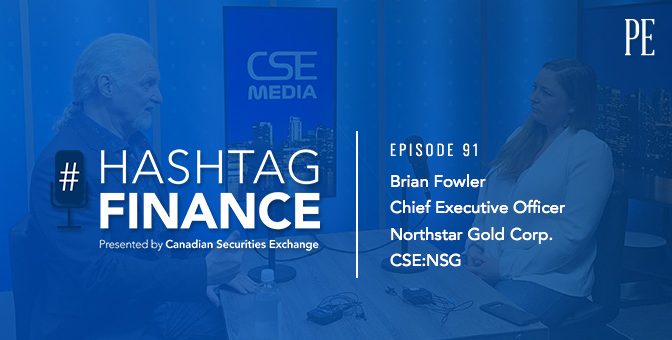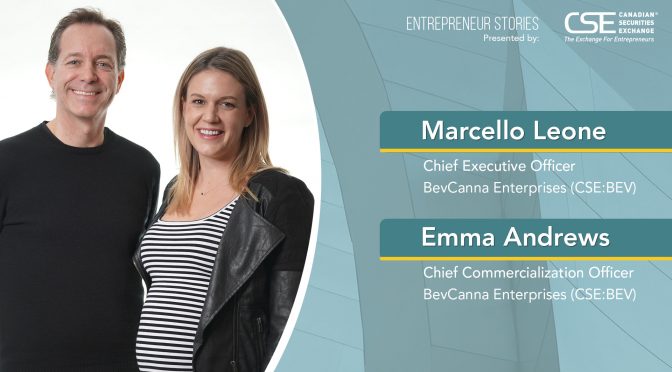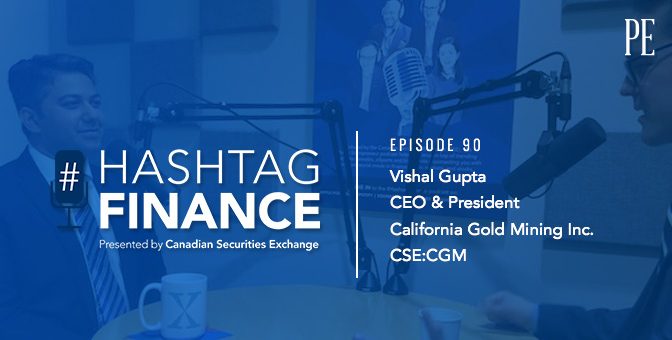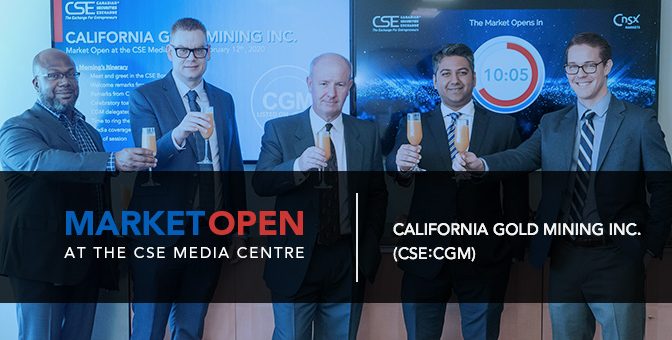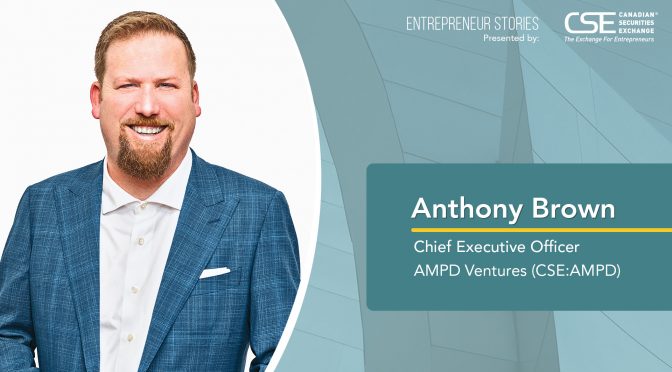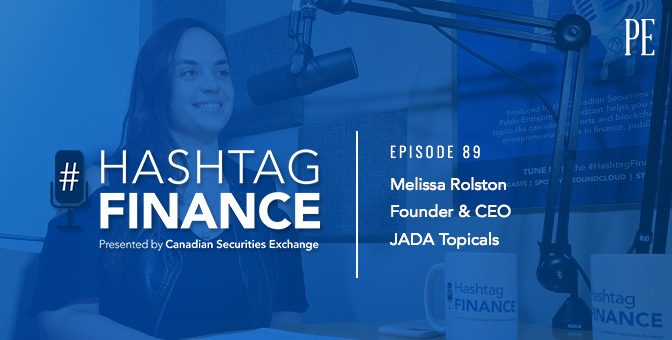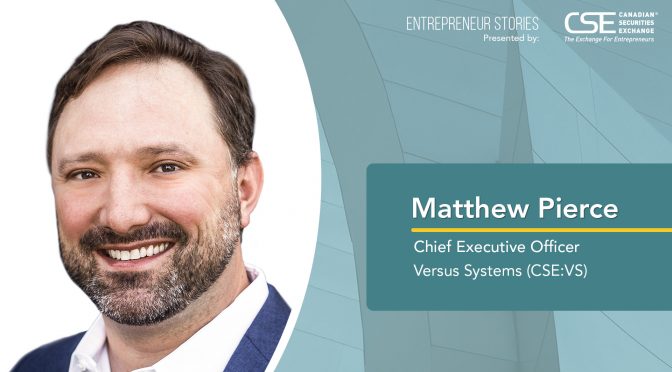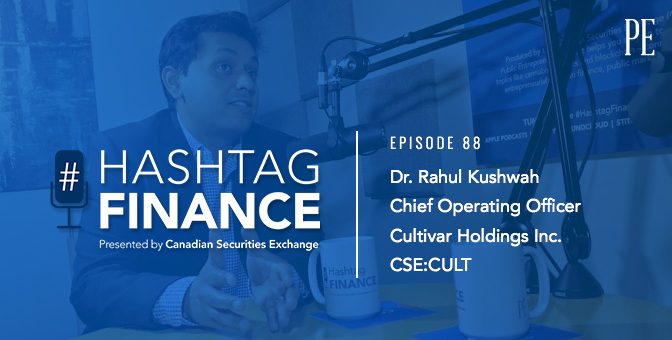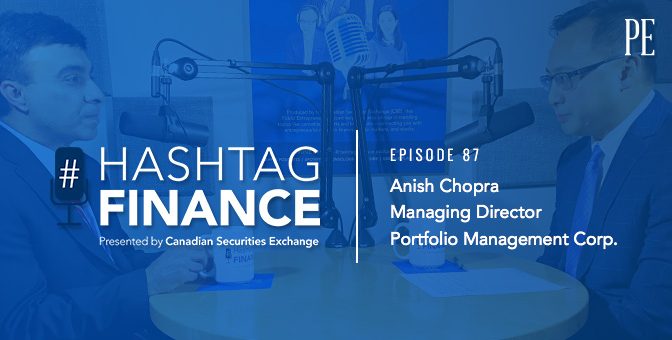How do you build a brand – and a company – in a completely new consumer product category?
It’s a question that Vancouver-based BevCanna Enterprises (CSE:BEV) is addressing as it prepares to launch a premium line of CBD- and THC-infused beverages in Canada, just months after the federal government legalized the sale of cannabis edibles and drinks.
The team behind BevCanna includes beverage and bottling experts who played integral roles with iconic brand portfolios such as Mike’s Hard Lemonade and Vega, the plant-based drink. Led by Chief Executive Officer Marcello Leone, Chief Brand and Innovation Manager Don Chisholm, and Chief Commercialization Officer Emma Andrews, BevCanna’s management is full of entrepreneurial minds with deep expertise coming together to create a vision for a nascent category.
“There isn’t really a rulebook ahead of us, but we have a lot of intel and insights and inspirations from our past industries that we can apply to this space,” Andrews explains.
A nutritionist by training, Andrews built an impressive career in the health and wellness space, most notably with Vega. She was drawn to the cannabis space after working in the natural products industry helping to build emerging companies in disruptive categories, and felt an organic transition to the cannabis business.
As Andrews herself will tell you, she’s a longtime cannabis consumer with knowledge of the entire value chain and various form factors. But it was the emerging beverages category that attracted her interest – and her extensive expertise.
“I’m all about making sure cannabis experiences are accessible,” she says. “Beverages offer the best of both worlds – it’s a very approachable product category for new consumers and something that is easily adopted into our day-to-day routine because we’re used to consuming them.”
Part of Andrews’ job is keeping her finger on the pulse of consumer trends. Understanding consumer needs, desires, and drivers helps the company shape its products and manage the go-to-market strategy. It can be a challenging task for any consumer packaged goods company launching new products, but when the category is almost entirely new to users, statistics and hard facts are difficult to come by.
With that in mind, BevCanna commissioned an independent research group to survey over 2,000 adults of legal drinking age in the US and Canada on their interests and preferences in current and potential cannabis products.
The study found that more Canadians are aware of THC-based cannabis products, with smokable or otherwise combustible forms of cannabis currently the most common methods of consumption.
But it was CBD-based beverages that had the highest future purchase intent – 70% among consumers. The study also found that consumers across all regions see CBD-infused beverages as contributing to a healthy lifestyle.
Among 25 product concepts, the top performing ones included ready-to-drink spring water-based beverages, which consumers see as complementary to their quality of life and contributing to their well-being.
The survey also noted that while Canadian consumers would consider THC beverages as a means to relax and unwind, they tend to associate THC with consumption occasions such as hanging out with friends or social gatherings.
“New consumers and lower tolerance consumers are both big markets for us,” Andrews says. “Part of that is because of the potency limitations in Canada being 10mg THC, so for someone with a really high tolerance it’s probably cost prohibitive for a regular user to exclusively consume cannabis beverages to get the outcome they are seeking. But it will be beneficial for a new consumer or a lower tolerance consumer, or the social drinker who might have a few beverages just to relax and unwind, and that’s exactly what THC-infused beverages can offer.”
BevCanna’s first brand, Anarchist Mountain Beverages, was inspired by the site of its bottling operations on Anarchist Mountain. Products will include a range of THC-dominant, ready-to-drink beverages, shots, and powdered drink mixes, with a flavour nod to the plants found throughout the Pacific Northwest.
BevCanna’s second cannabis-infused beverage brand to hit the market in Canada is called Grüv Beverages, featuring iced tea with a 1:1 ratio of CBD and THC. BevCanna also intends to launch a third brand mid-2020 called LEV, a CBD-dominant mixture of fruit flavours with an alkaline spring water base.
But the products are only one component of building a brand. To be successful, the company has to create repeat consumers.
Andrews contemplates the challenge ahead as the novelty of seeing infused beverages on shelves wears off. “Formulation is important,” she says. “I think it impacts how someone builds a lifestyle habit around consuming these beverages. We want to put out products that have a wide appeal and don’t seem too gimmicky.”
Grüv’s iced teas are familiar taste profiles in easy-to-drink bottles. Potency, too, is important. Grüv has 5mg THC and 5mg CBD. “You can sip these while gardening or hanging out with friends so it’s very easy to fit into your lifestyle and not have it be this one-off indulgence,” notes Andrews.
BevCanna is looking at 2020 to roll out multiple products and brands. Each province must approve the beverages for sale, and the company is already talking to regulators in BC and Ontario. “For us it’s all about planning throughout 2020 to make sure we get the right consumer awareness and retail adoption,” Andrews explains. “There’s a number of different stage gates we have to pass through in order to become a national brand. The larger provinces are our initial focus and then national rollout as time goes on.”
The rollout is also taking place amidst what some investors would term a challenging time for the cannabis industry. Just over one year after the legalization of flower and cultivation, sales figures and returns have been dismal for most companies. Will it be the same for edibles and beverages?
Andrews looks at the two segments very differently. “The first wave was set around flower, which is still easy to procure illicitly. There’s a lot of competitiveness for that product category.”
There are some key differences between the first and second waves, according to Andrews. “Derivative products are processed, bottled and manufactured – it’s a much more complex production, so I don’t anticipate that there will be as much competition,” she says. “Buyers will look to the legal market because there’s a much wider selection of products than they’ve ever been able to experience before. The product selection is going to be unlike anyone’s ever seen.”
On the profit side, BevCanna has multiple revenue streams, including house brands and white label bottling, a joint venture to bring multistate cannabis vape brand Bloom to Canada, a 130 acre outdoor cultivation site, plus an active push for additional joint ventures, licensing, and acquisitions of technology and brands.
Andrews envisions both the house brands and white label business being a global play down the road. BevCanna is in the process of obtaining EU GMP certification which is on their radar for mid to late 2020. Additionally, BevCanna is entering the California market with their house brands as well as white label services come early 2020.
However the industry takes shape, BevCanna appears set to become a key player in Cannabis 2.0. The task at hand for the company is to retain its own identity while growing into a major brand in the infused beverages market.
“I think the word that really captures the essence of what we’re doing is ‘innovation’,” Andrews says. “A lot of what the cannabis business is doing is pushing at the periphery and forging a new path, but it can be subtle instead of aggressive. Innovation can come down to things like sustainability in the form factors or packaging. For us, it’s about finding opportunities that lead to a better consumer experience or a better legacy for our planet.”
This story was featured in the Public Entrepreneur magazine.
Learn more about BevCanna Enterprises at https://www.bevcanna.com/.

